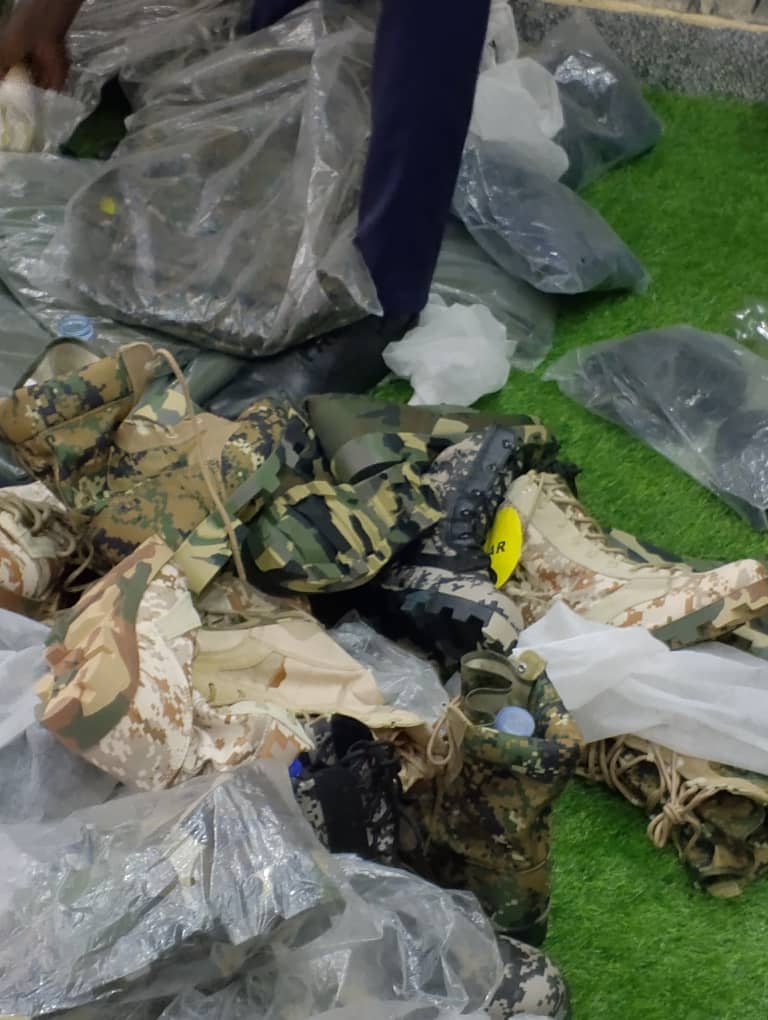Al-Shabab Militant Group Getting Lucky, Not Stronger in Somalia
Somalia’s most dangerous terror group is likely not getting any stronger despite a series of deadly attacks, including one that claimed the life of a U.S. special operations soldier earlier this month.
The assessment, by U.S. military and counterintelligence officials, runs contrary to the conclusions of some analysts and comes as al-Shabab has been flexing its military might in recent weeks, highlighting attacks on both Somali and African Union forces.
One of the most publicized of these was a brazen June 8 attack on an outpost under construction two kilometers north of the town of Sanguni, in the Lower Jubba region of Somalia.
The al-Qaida-linked militants skirmished with a force of 800 Somali and Kenyan forces accompanied by U.S. special operations soldiers, one of whom was killed by mortar fire.
US: June 8 attack was 'lucky shot'
U.S. officials are still trying to determine the size of the al-Shabab force at the time of the attack but say there is no indication of any increased capability.
“It was a lucky shot,” a U.S. military official told VOA on condition of anonymity. “I wouldn't consider this a well-executed attack.”
Another military official said, in many ways, the deadly attack was typical of al-Shabab operations.
“Historically, al-Shabab has been willing to engage large forces, often using surprise and asymmetric tactics to improve their chances for success,” said Lt. Cmdr. Desiree Frame, a spokesperson for U.S. Africa Command. “We expect to see more conflict in southern Somalia as Somali Government Forces, AMISOM, and their partners make in-roads into al-Shabab-held territory.”
Still, accounts from Somalia indicate the al-Shabab forces were not deterred by the presence of U.S. special operations forces using armored vehicles and armed drones, as the June 8 deadly mortar strike was part of a three-day long assault on the outpost that included a failed attack using a vehicle-borne bomb.
“They know our movements,” an official with the Somali forces in Sanguni told VOA Somali. “It’s an open secret.”
Another Somali commander said al-Shabab also took advantage of the terrain, striking after recent flooding forced the Somali, Kenyan and U.S. forces to build the outpost in the open.
U.S. counterterrorism and military officials say there is no doubt the group remains the biggest threat to security in Somalia. But they have resisted attributing the increased pace of al-Shabab attacks to anything more than their annual Ramadan campaign.
“We do not assess that al-Shabab has recently increased their capabilities or their willingness to engage their enemies,” according to Africa Command’s Frame.
A senior U.S. counterterrorism official described al-Shabab’s activity as routine, noting its public statement “promote the virtue of waging jihad during Ramadan.”
Differing assessment of al-Shabab's strength
Still, some analysts warn it is wrong to downplay the strides al-Shabab has made since being kicked out of its last urban stronghold, the port city of Kismayo, in 2012.
“It’s clear that we’re not just seeing a spike in attacks related to the Ramadan campaign,” said Daveed Gartenstein-Ross, a senior analyst at the Washington-based Foundation for Defense of Democracies. “It’s clear that the organization has gotten stronger.”
And while Gartenstein-Ross thinks it is unlikely al-Shabab is strong enough to consistently challenge U.S. forces in the region, it has shown it can be potent against both Somalia and African Union forces in the area.
“They’ve been able to kill very high numbers and you didn’t see that five years ago. They’ve been able to actually overrun bases at times,” he said. “The danger is as African Union forces draw down, they may retake major urban areas. I think there’s a good chance of that.”













